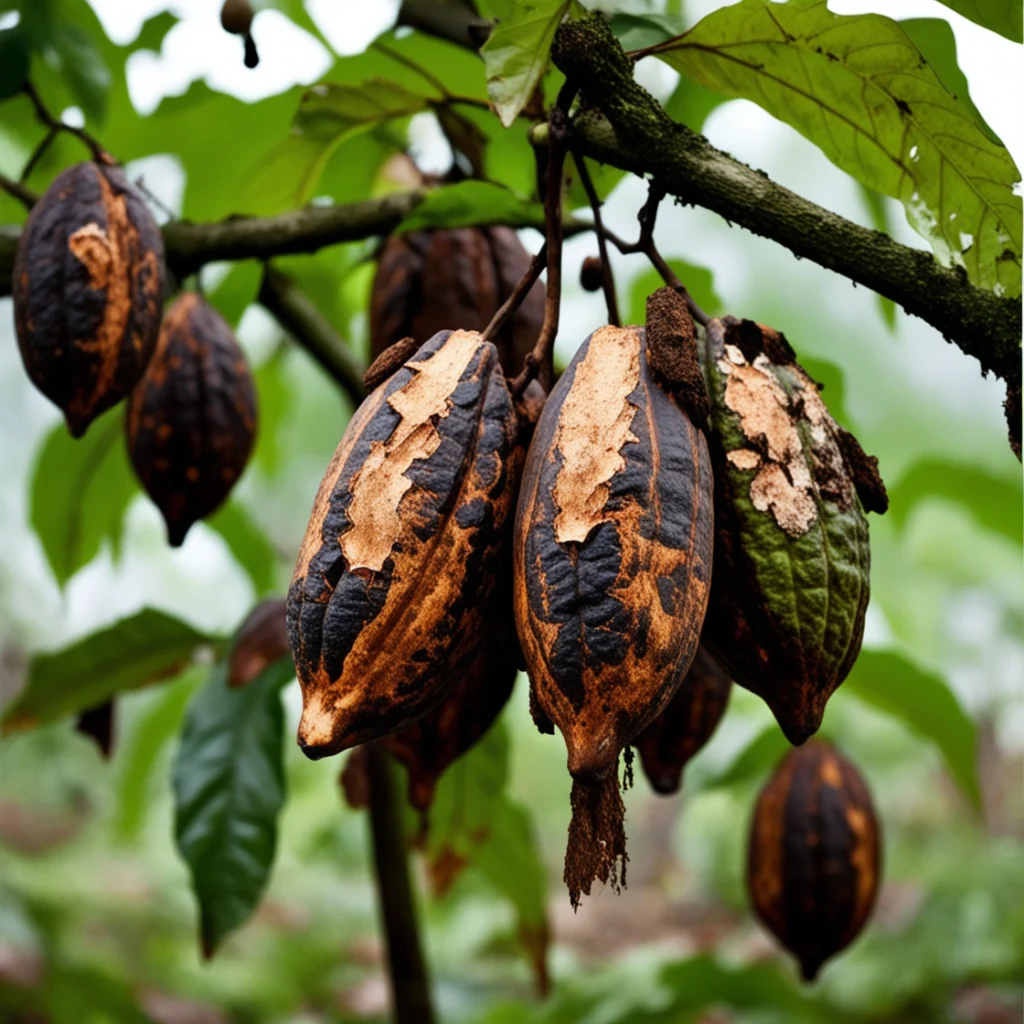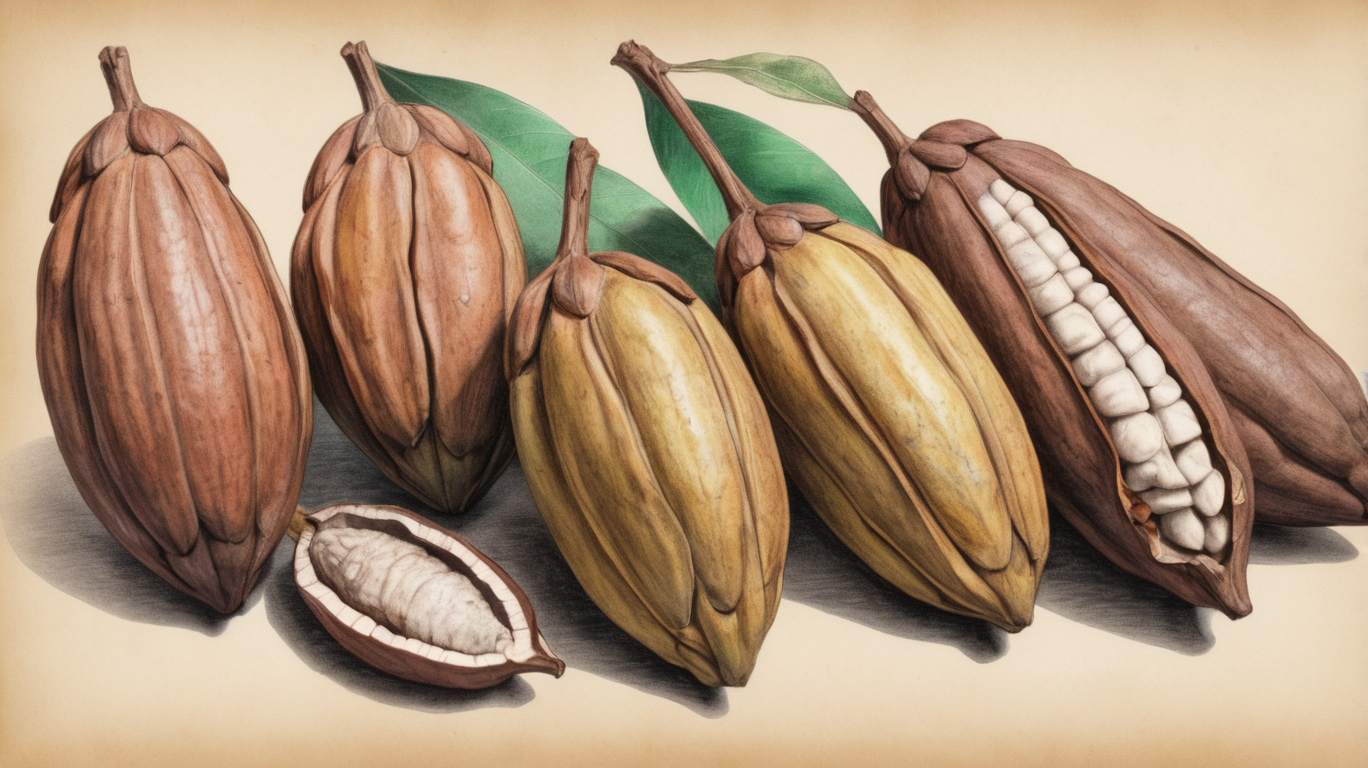Cocoa prices have a significant impact on the global economy, influencing everyone from producers to chocolate enthusiasts. Understanding how these prices are determined helps stakeholders manage the complexities of the market. In this post, we will examine the cocoa price structure and the key factors that affect it.
The Cocoa Price Structure
The price structure encompasses all the stages that cocoa goes through, from the farm to the consumer. It includes the farm gate price, local trading costs, export price, international market price, processing costs, and the final retail price. Each component contributes to the final cost that consumers ultimately pay for cocoa products.
At the base is the farm gate price, which is what farmers receive for their beans. This is influenced by local market conditions, bean quality, and national policies. Moving up, we have local trading and transportation costs, covering expenses like collection, grading, and moving beans to markets or export points.
The export price reflects additional costs such as export taxes and international freight charges. The international market price is determined on commodity exchanges and serves as a global benchmark. Finally, processing, manufacturing, and retail costs are added, culminating in the cocoa price that consumers see on store shelves.
Factors Influencing the Cocoa Price
Supply Factors
Production levels in major cocoa-producing countries like Côte d’Ivoire and Ghana significantly impact the price. These countries contribute over 60% of global production. Variations in yields due to agricultural practices or aging trees can cause fluctuations in supply.
Weather conditions are another critical factor. Cocoa trees need specific climates to thrive. Events like El Niño and La Niña can cause droughts or excessive rainfall, affecting yields and, consequently, cocoa prices. Climate change poses long-term risks to suitable growing regions.

Pests and diseases such as Black Pod Disease and Cocoa Swollen Shoot Virus can devastate crops. Without effective control measures, these issues can reduce supply and drive up the price.
Demand Factors Influencing Cocoa Price
Global consumption trends play a significant role. Economic growth in emerging markets like China and India increases demand for chocolate. Seasonal demand during holidays also spikes consumption.
Health perceptions influence consumer preferences. The growing popularity of dark chocolate, due to its perceived health benefits, affects demand. Additionally, cocoa butter’s use in cosmetics and pharmaceuticals creates alternative demand channels, impacting the overall price.
Market Speculation and Investor Behavior
Market speculations can also produce fluctuations. Traders on futures markets speculate on future price movements, which can influence current prices. Large-scale trading by hedge funds and investment firms can cause significant price volatility.
Market sentiment reacts to news about crop forecasts, political events, or economic indicators. These reactions can lead to short-term fluctuations.
Currency Exchange Rates and Cocoa Price
Cocoa is traded globally in US dollars. Therefore, the strength of the US dollar directly impacts the cocoa price. Fluctuations in exchange rates can affect both producers’ revenues and buyers’ costs.
Producers may earn less in their local currency when the US dollar weakens, affecting their profitability and potentially influencing the global cocoa price.
Regulatory and Policy Factors
Policies like the Living Income Differential (LID), introduced by Côte d’Ivoire and Ghana, add a premium of $400 per metric ton to improve farmer incomes. This policy directly affects the global price and negotiations with buyers.
Trade agreements, tariffs, and potential sanctions can alter competitive dynamics. Import and export duties can influence the cocoa price by affecting market access and profitability.
Sustainability and Ethical Considerations
Consumer demand for ethically produced beans also have an influence on cost. Certification programs like Fair Trade and Rainforest Alliance require adherence to certain standards, often commanding higher prices.
Environmental concerns such as deforestation lead to stricter regulations. Compliance with these regulations can affect supply and, subsequently, the cocoa price.
Production Costs and Technological Advances
Input costs like fertilizers, pesticides, and labor impact the profitability of cocoa farming. Higher production costs can lead to higher cocoa prices as farmers seek to maintain profitability.
Technological improvements and enhanced farming techniques can increase yields and reduce costs. Access to better information helps farmers make informed decisions, potentially stabilizing the price.
Transportation and Logistics
The quality of infrastructure affects transportation costs. Poor roads and ports increase the cost and risk of moving the beans, which can raise the cocoa price.
Global supply chain disruptions, such as those caused by pandemics, can lead to delays and increased costs. These factors can contribute to fluctuations in the cocoa price.
Conclusion
The cocoa price is influenced by a complex interplay of factors. Production levels, weather conditions, and global demand are among the most significant influencers. Policies like the Living Income Differential and sustainability concerns are increasingly shaping the market.
Understanding these factors is essential for stakeholders across the cocoa supply chain. By staying informed, producers, traders, manufacturers, and consumers can make better decisions in response to changes in the cocoa price.
Check-out the latest cocoa market news!
Disclaimer: The information provided in this article is for informational purposes only and does not constitute financial or investment advice.
The opinions and views expressed are those of the author and should not be relied upon for making investment decisions.
Some images and portions of this text, or the entirety of it, may have been generated using generative AI.
Always consult with a qualified financial advisor before making any investment decisions.
